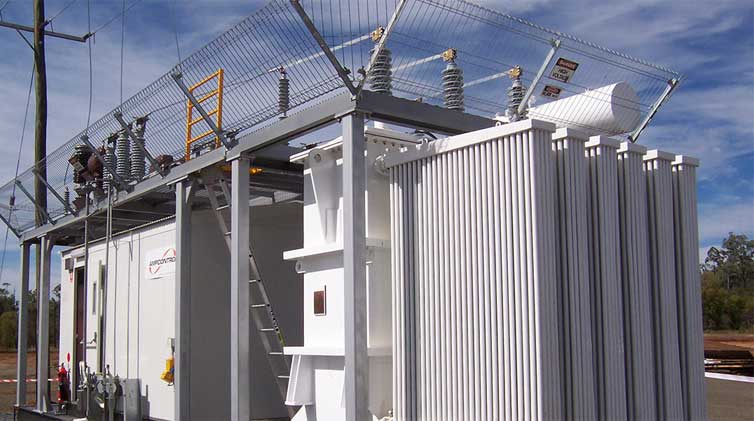What Are the Characteristics of the Combined Transformer?
Ⅰ. Introduction of the combined transformer
The structure of the combined transformer is simpler and more compact than that of the box-type substation with no short-circuit devices and other equipment. The high-voltage side has load switches and fuses with specific functions. The fuel tank of the combined transformer is divided into a co-box type and a sub-tank type. The co-box type means that the load switch and fuse share one oil chamber with the combined transformer body without isolation. The insulating oil is transferred together. The sub-box type means that the load switch and the fuse are installed in separate oil compartments from the combined transformer body. There will be isolation between them, and the insulating oil is not shared.
The internal structure of the combined transformer is mainly a transformer. The high-voltage side of the transformer is equipped with a load switch, which can be directly connected to the grid to receive power. It is connected in series with a fuse for fault protection. While the low-voltage side is connected to a switchboard to distribute charge outwards. Its structure is simpler than that of a box-type substation. It can only be regarded as a transformer for additional power distribution equipment.
Ⅱ. The characteristics of the combined transformer
1. It has a beautiful appearance, compact structure, small size, flexible and convenient disassembly approach, and assembly fully sealed. Its high and low voltage components are separated and placed in the box, which is only equivalent to 1/5 to 1/3 of the volume of similar box-type transformers.
2. There is space in the low-voltage room in the box for users to install low-voltage switches, mutual inductors, metering, and remote control devices.
3. It is safe and reliable. The unique cabinet anti-corrosion design and special spray paint treatment of the combined transformer make it can be widely used in various harsh environmental conditions, such as stormy and high pollution areas. The cabinet adopts a sealed design and is maintenance-free. The high and low components are reasonably arranged and installed separately. The high-voltage terminal insulation protective sleeve or elbow-type cable plug is adopted to ensure safe operation.
The transformer adopts the dual protection of plug-in fuse and backup fuse. The fuse wire of the plug-in fuse is a temperature and current dual sensitive fuse wire, which plays the role of overload protection. The fuse wire of the backup fuse provides short-circuit protection for the transformer. The high-voltage load switch is installed in the transformer oil tank. The switch is small and can be switched in any direction in 360°. It can safely and reliably cut off the load current. It is convenient to use and has high power supply reliability.
Ⅲ. Applications of the combined transformer
The combined transformer is a new power distribution equipment, especially suitable for load centers, residential centers, hospitals, schools, airports, stations, etc. A combined transformer of urban power grids can reduce losses and improve power supply quality. The combined transformer has a small size, complete sealing, convenient installation, flexible operation, and low operating cost. It enables the 10kV (35kV) power grid to penetrate the load center, reduce line losses, and beautify the urban environment. It has good performance, reliable stability, exquisite appearance, and is safe and environmentally friendly. The combined transformer can be widely used in various public places.
Jump to Content Sections
Leave a Message
You May Also Like
 English
English  français
français  Español
Español  русский
русский  العربية
العربية  tiếng việt
tiếng việt  Malay
Malay  Indonesia
Indonesia  বাঙালি
বাঙালি 

